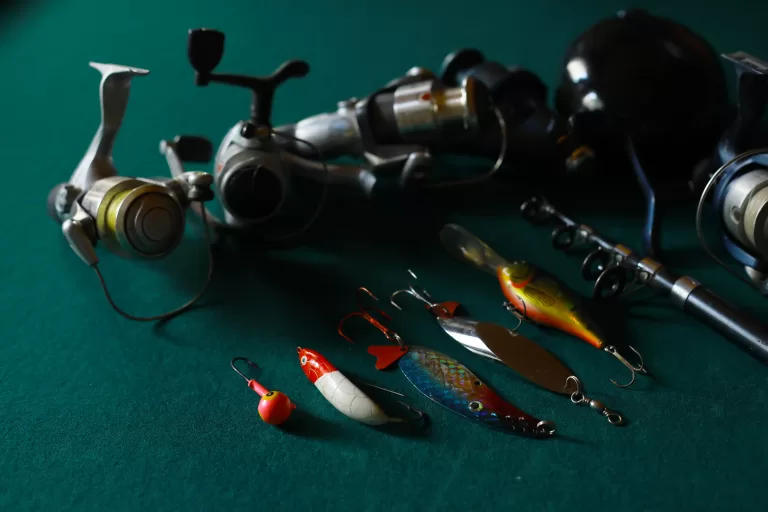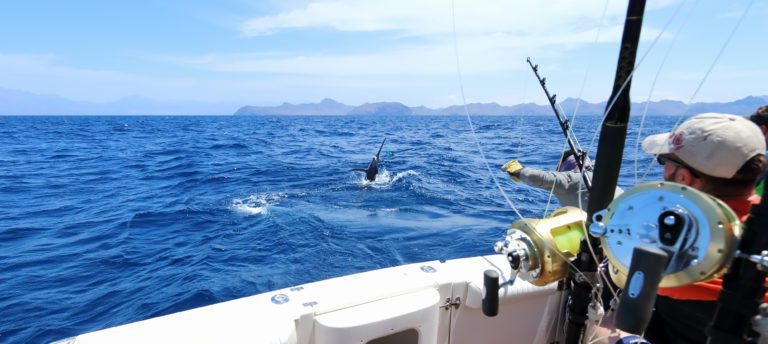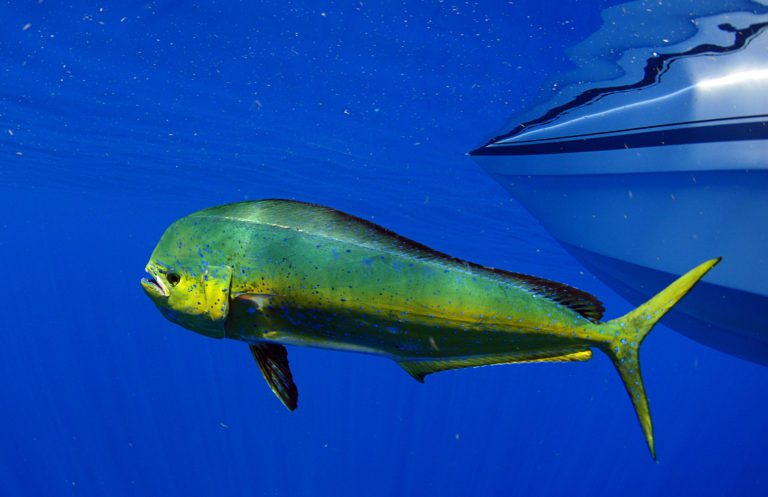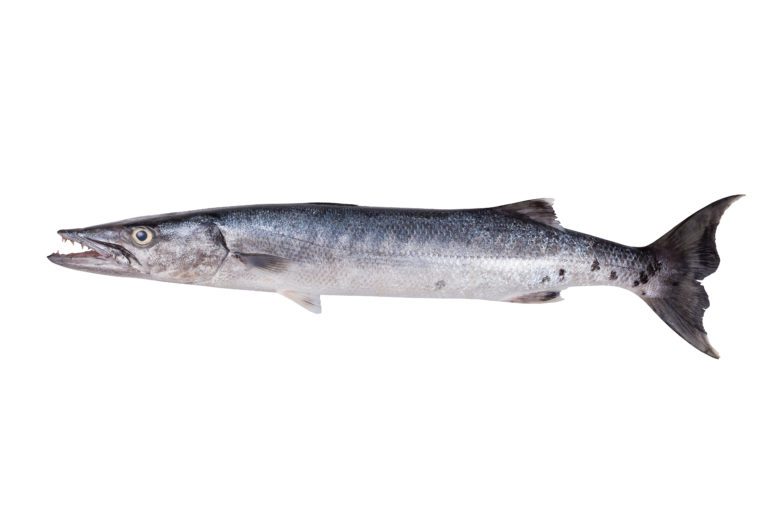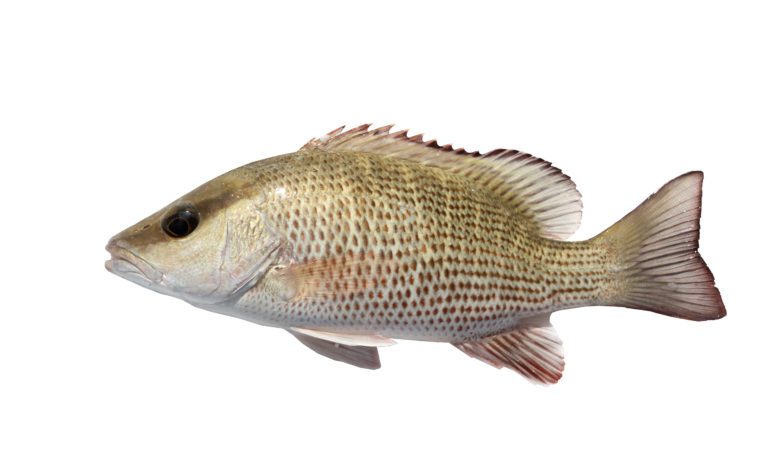Angler’s Edge: The Ultimate Guide to the Best Inshore Saltwater Lures of the Year
Have you ever felt the rush of a tug on your line as you reel in a big one? That’s the thrill of inshore saltwater fishing! It’s a world where your wit, knowledge, and the best inshore saltwater lures can be the difference between a great day and a fish tale. Ready to dive in? Let’s go!
Key Takeaways
- Choose the right lure for a successful catch – paddle tail soft plastics, weedless spoons, and artificial shrimp lures are all great options.
- Get the most out of your lures with techniques like twitch bait retrieval, topwater poppers & walk-the-dog action or jigging with bucktail jigs.
- Consider seasonal factors such as water temperature & baitfish migration when selecting lures to maximize success!
Top Inshore Lures for a Successful Catch

Imagine this: you’re out on the water, the sun is shining, and you’re ready to reel in a big one. But wait, what’s that in your tackle box? The right fishing lure can make all the difference between a successful catch and watching your dream fish swim away. With a variety of fishing lures available, you can find the perfect one for your needs.
From paddle tail soft plastics and weedless spoons to artificial shrimp lures, each lure type has its strengths and is designed to attract a specific type of fish. Choosing the right lure can be a bit puzzling, so let’s unravel this mystery.
Paddle Tail Soft Plastics
When it comes to versatility, paddle tail soft plastics are the all-stars of saltwater fishing. They can mimic real fish movements and are known to get those bites rolling in.
Take the Z-Man Diezel Minnowz, for instance. Its top-notch, stretchy ElaZtech material can be used over and over, and it comes in a variety of colors to match the local baitfish. Pair that with the Gulp! Paddleshad, rigged on a lead head jig, and you’ve got the perfect setup to cover water quickly and catch fish even more efficiently.
Weedless Spoons
Next on the list of effective saltwater lures are the tried and true – weedless spoons. These classic lures create vibrations and flashes that are irresistible to inshore fish like redfish and trout. But how exactly do you use them?
For best results, reel them in straight and fast. This is especially true when fishing over oyster bars to avoid getting stuck. A great example of an effective weedless spoons is the Johnson Silver Minnow. It’s versatile and can navigate through grassy and muddy areas without getting stuck, making it a favorite among inshore anglers.
Artificial Shrimp Lures
Finally, artificial shrimp lures also merit our attention. These lures are designed to look and behave just like the real deal, making them incredibly effective for catching bottom-feeding fish.
One of the most favored artificial shrimp lures is the Z-Man EZ Shrimpz. The realistic design of the lure combined with the scent that attracts fish makes it a game-changer when the bite is tough. You can rig it in several ways, making it a versatile option for any inshore angler.
Techniques for Maximizing Lure Performance

Having familiarized ourselves with the top lures, it’s time to delve into the art of using them effectively. Knowing how to use your lure is just as important as having the right one. It’s like having a car but not knowing how to drive – what’s the point, right?
From twitch bait retrieval and topwater poppers to jigging with bucktail jigs, using the proper technique can significantly maximize your lure’s performance and your overall fishing experience.
Twitch Bait Retrieval
Firstly, we’ll explore the twitch bait retrieval technique. This technique involves casting out and giving small twitches in the retrieving direction to make the lure mimic the movements of a distressed baitfish.
For example, if you were fishing with a lure like the Rapala X-Rap, you can reel it in slowly, let it sink, then give it a jerk and pause. This makes the lure mimic the patterns of a distressed fish and attracts strikes. This technique can be the difference between a good day and a great day on the water.
Topwater Poppers and Walk-the-Dog Action

Following that, we’ll consider topwater poppers and the walk-the-dog action. This technique mimics a dying baitfish and can be incredibly effective in luring predatory fish. The walk-the-dog technique is achieved by casting your lure and retrieving it at a slow pace while twitching your rod left and right to make the lure move back and forth in those directions, your rod tip should be at a mid-low height, and you can pause your retrieval occasionally to better mimic a dieing fish.
Take the Rebel Magnum, for example. It’s a versatile topwater popper that adapts to different retrieval speeds, making it a favorite among anglers for inshore fishing. Combine this with the walk-the-dog action, and you’re in for a successful fishing trip.
Jigging with Bucktail Jigs
Lastly, we’ll discuss the technique of jigging with jig head bucktail jigs. This technique is versatile and can be used to catch various inshore species. When jigging, you want to let your lure sink to the bottom or close to it after the cast. When retrieving, you should twitch your rod upwards for two beats and then reel in the slacked line, repeat until the lure is back at the boat.
Bucktail jigs like the Spro and White are great for working around structures like bridges and inlets. They can be cast, trolled, or jigged, offering a range of possibilities to catch fish. But remember, picking the right size and color of the jig is crucial for the best results.
Essential Tackle Box Additions
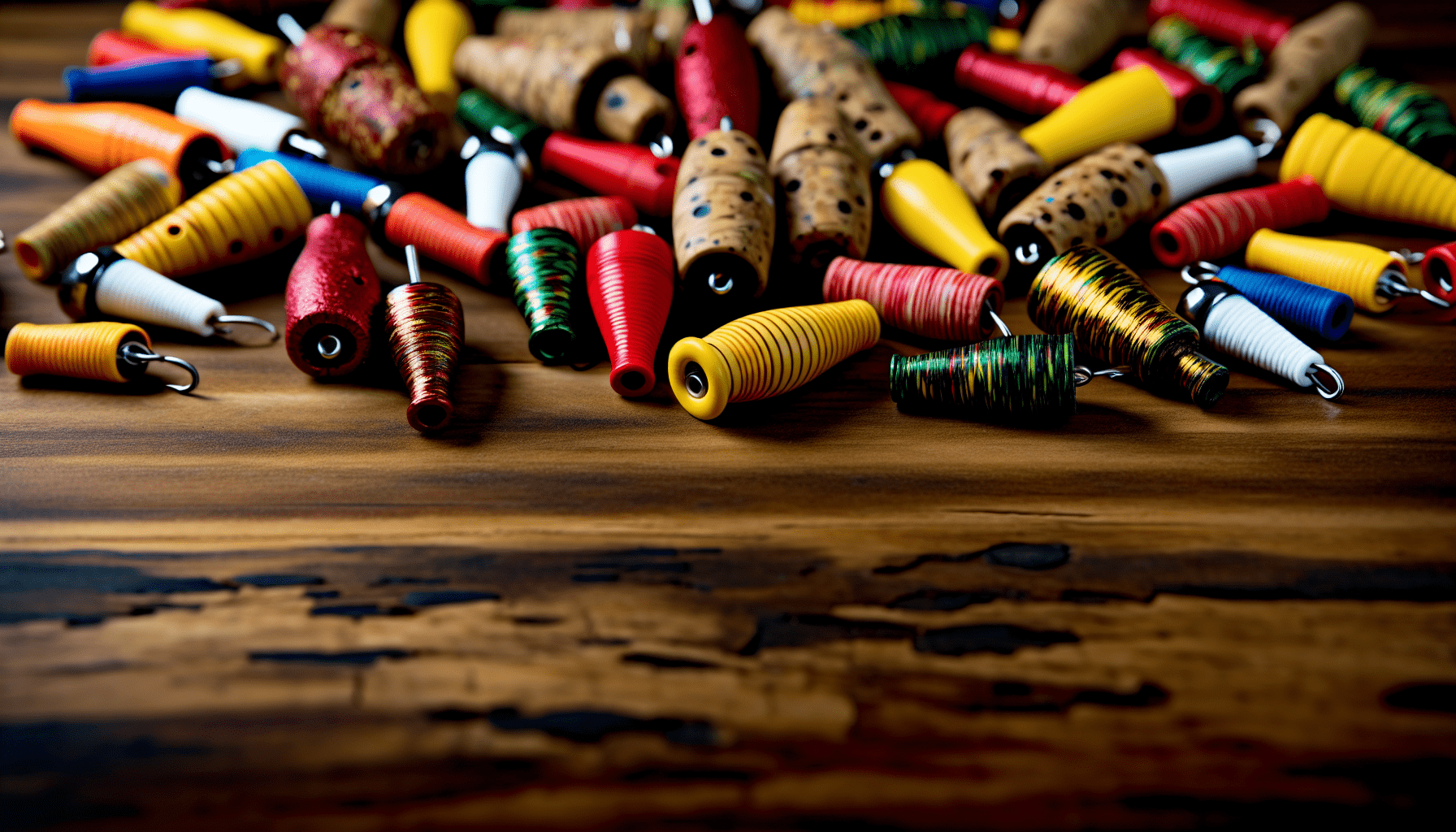
Having discussed lures and techniques, it’s time to examine some indispensable additions to your tackle box. Just as a chef needs more than just ingredients to prepare a meal, an angler needs more than lures for a successful fishing trip.
From popping corks to quality hooks and lines, these additions will amplify your success once you have chosen the best saltwater fishing lures.
Popping Corks
Popping corks make for a commendable inclusion in any tackle box. They make a loud pop and splash around with a small lure, attracting fish to your line.
The DOA Deadly Combination is an excellent example of a popping cork setup. It’s a cone-shaped popping cork with a 3-inch soft-plastic shrimp that can instantly draw fish’s attention.
Quality Hooks and Line
Following that, we’ll consider the importance of quality hooks and lines. A good quality fishing line and hook are essential for a successful catch.
A good hook should have the following characteristics:
- Sharpness
- Slight curve
- Tough coating to prevent rust
- Appropriate wire thickness for the fish you’re after
As for the fishing line, brands like PowerPro Spectra Fiber Braided Fishing Line are recommended for their durability and visibility.
Inshore Species and Their Preferred Lures
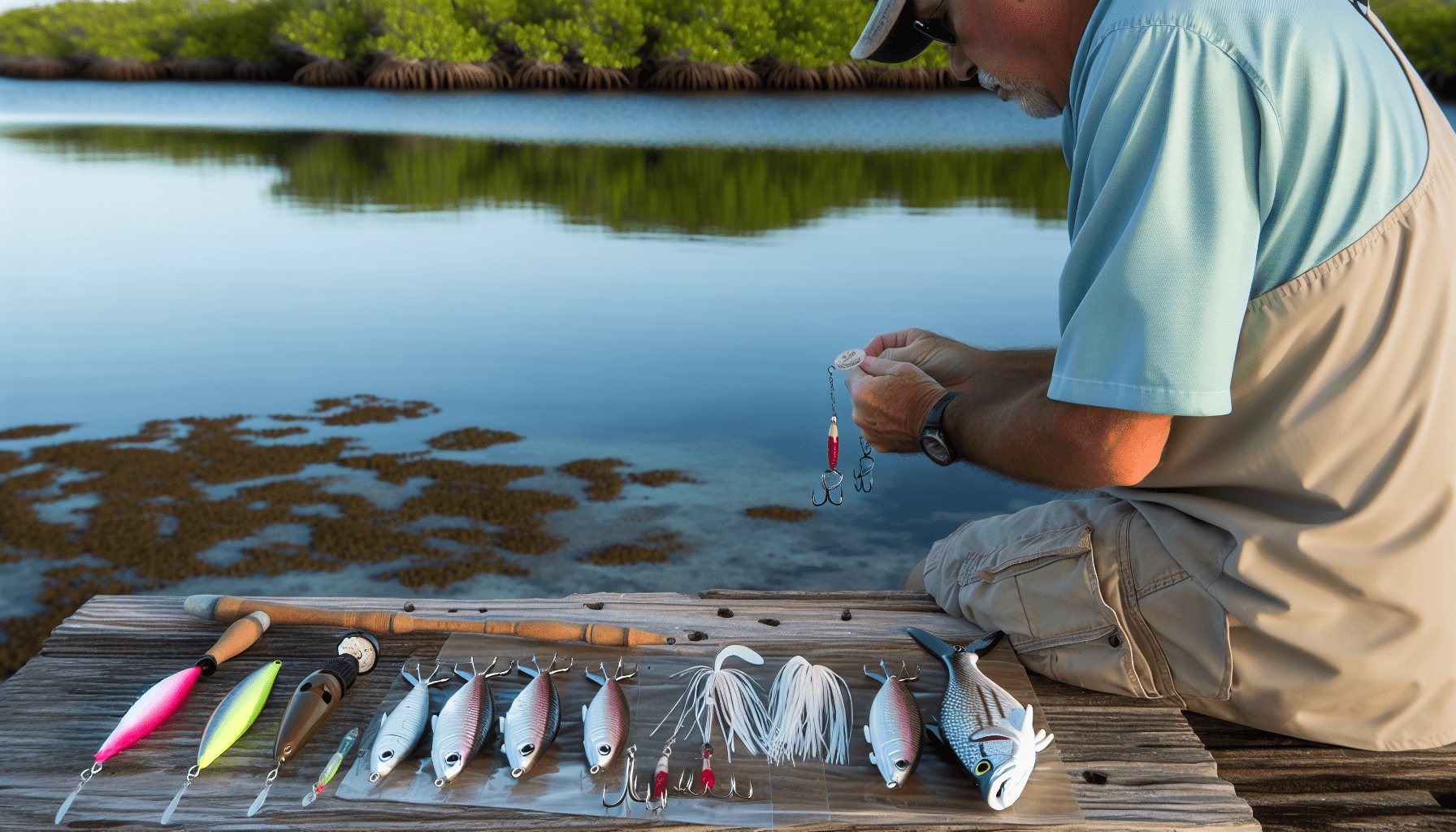
Understanding your target species can greatly tip the scales in your favor. Different inshore species prefer different lures, and understanding this can significantly increase your chances of a successful catch.
From redfish to speckled trout to snook, each species has its preference when it comes to lures.
Redfish
Take redfish, for example; they are a predator fish lured by options such as weedless spoons, paddle tail soft plastics, and artificial shrimp. These saltwater fishing lure options mimic their natural prey, making them irresistible to redfish.
The key is to use these lures early in the morning or late in the evening when redfish are most active.
Speckled Trout
Switching to speckled trout, their lure preferences lean towards paddle tail soft plastics, topwater poppers, and jigs. These lures mimic the erratic movements of their prey, attracting them to bite.
Remember, the trick here is to ensure your lure moves like a natural baitfish. So, choose your lures and techniques wisely.
Snook
Finally, we turn our focus to snook. Snook are known to be enticed by topwater plugs, jerk baits, and artificial shrimp lures. The key here is to mix up your retrieval speed and actions to mimic prey.
Fish during low light times like early morning or late evening, and try out different colors and sizes to match the conditions and what the snook are into.
Seasonal Factors and Lure Selection
Just like the changing seasons impact our activities, they also sway fish behavior and the effectiveness of different lures. As the seasons change, the fish start moving around, affecting which lures work best.
From changes in water temperature to baitfish migration, several factors can influence your lure selection.
Water Temperature
Water temperature significantly impacts fish behavior. Different fish prefer different water temperatures, affecting their movements and feeding habits.
As such, the lure you choose should match the water temperature. For instance, shrimp lures, paddletail lures, suspending twitch baits, topwater lures, and jerk shad work well in warm water. On the other hand, squarebill crankbaits, spinnerbaits, jerkbaits, compact jigs, and flat-sided crankbaits work well in cold water.
Baitfish Migration
The migration patterns of baitfish are another key determinant in choosing the right lure. Game fish usually follow the baitfish, and knowing how these baitfish move around can help you find the best spots for catching game fish.
So, keep an eye on baitfish migration patterns. If you notice a migration, switch your lures to match the local forage to increase your chances of a successful catch.
Summary
To sum it all up, inshore saltwater fishing is a thrilling journey that requires a keen understanding of lures, techniques, and the behavior of your target species. With the right lure, technique, and knowledge of your target, you will reel in a big one. So, what are you waiting for? Grab your gear, head out there, and make unforgettable fishing memories!
Frequently Asked Questions
Which lures work best for catching Redfish?
Weedless spoons, paddle tail soft plastics, and artificial shrimp are the best lures for catching Redfish because they mimic natural prey.
How does water temperature influence fish behavior?
Water temperature can significantly impact fish behavior, as they tend to move and feed differently depending on the temperature of the water.
What are some essential additions to a tackle box?
A well-stocked tackle box should include popping corks, quality hooks, line, and lures – all of which can help to elevate your inshore fishing experience.
How does baitfish migration affect lure selection?
Knowing how baitfish migrate helps you select the best lures to get the game fish you’re after. Baitfish migration can significantly impact your fishing success!



